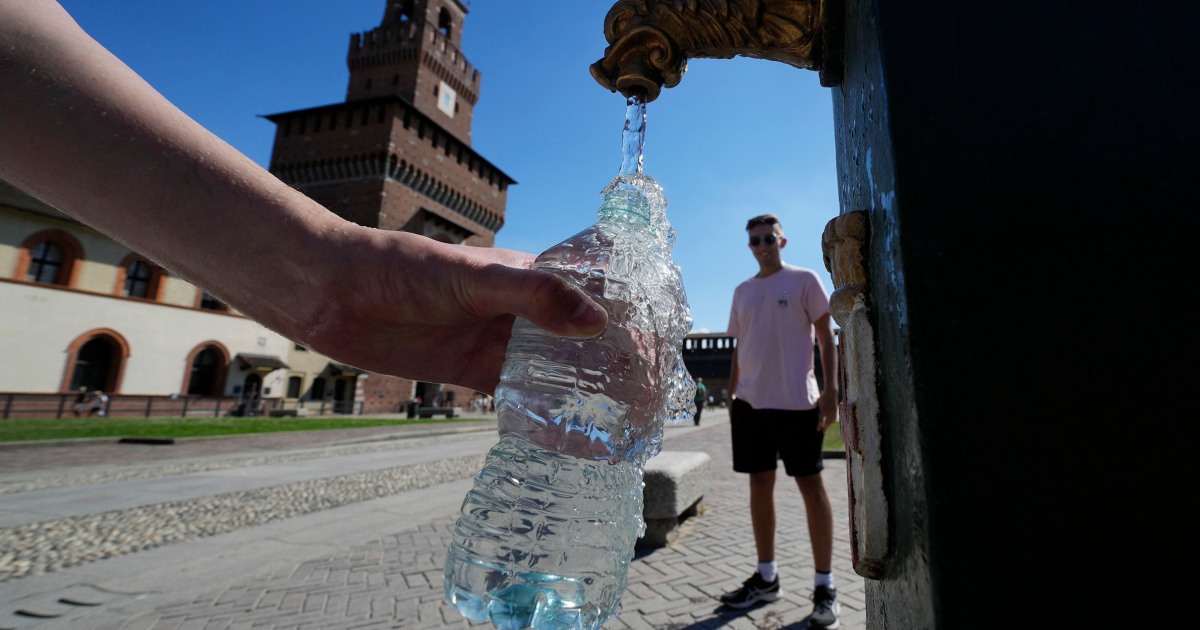The average liter of bottled water has nearly a quarter million invisible pieces of ever so tiny nanoplastics, detected and categorized for the first time by a microscope using dual lasers.
Scientists long figured there were lots of these microscopic plastic pieces, but until researchers at Columbia and Rutgers universities did their calculations they never knew how many or what kind. Looking at five samples each of three common bottled water brands, researchers found particle levels ranged from 110,000 to 400,000 per liter, averaging at around 240,000 according to a study in Monday’s Proceedings of the National Academy of Sciences.
These are particles that are less than a micron in size. There are 25,400 microns — also called micrometers because it is a millionth of a meter — in an inch. A human hair is about 83 microns wide.
Previous studies have looked at slightly bigger microplastics that range from the visible 5 millimeters, less than a quarter of an inch, to one micron. About 10 to 100 times more nanoplastics than microplastics were discovered in bottled water, the study found.
Weird how none of this is in parts per million
Calculating PPM would be meaningless because we’re trying to measure larger particles, not dissolved chemicals.
Think of salt water where you measure a concentration, versus sandy water where you count grains per liter.
Yeah that makes sense, 1nm is just so small that I half assumed we’re nearly at the size of molecules where it would make sense. Turns out a water molecule is only .27nm
Assuming it is PTFE, then it would be able 0.04 ppm
Researchers still can’t answer the big question: Are those nanoplastic pieces harmful to health?
“That’s currently under review. We don’t know if it’s dangerous or how dangerous,” said study co-author Phoebe Stapleton, a toxicologist at Rutgers. “We do know that they are getting into the tissues (of mammals, including people) … and the current research is looking at what they’re doing in the cells.”
Sheesh.
Use reusable bottles for fucks sake. Ima die hard Klean Kanteen and Nalgene fan
Plastics in foods go way beyond plastic bottles.
The bottled water tastes better even if you use a filter





